A better and newer variant of the Hubble Space Telescope has got launched! Check out the information about it.
The James Webb Space Telescope, or JWST, is an observatory that primarily studies infrared astronomy. Because it is the greatest optical telescope in orbit, its significantly improved infrared resolution and sensitivity allow it to see objects that are too early, far away, or dark for the Hubble Orbit Telescope. This technology is expected to enable a wide range of astronomical and cosmological investigations, such as the observation of the first stars and the formation of the first galaxies, as well as the thorough atmospheric characterization of exoplanets containing life.
As a huge leap for space technology, scientists have high hopes for The James Web Space Telescope. Experts see the telescope as a significant advancement in space technology. Webb will investigate every stage of the history of our universe, from the first brilliant glows after the big bang to the emergence of solar systems capable of supporting life on planets such as Earth, as well as the evolution of our solar system. It will expand on the discoveries made by the Hubble Space Telescope.
In a very short time, the telescope has captured the deepest and sharpest image of the distant universe. The telescope’s First Deep Field is galaxy cluster SMACS 0723, which contains hundreds of galaxies, including the faintest infrared objects yet detected. The iconic picture has been compared to The Hubble Space Telescope’s clearest photo captured.


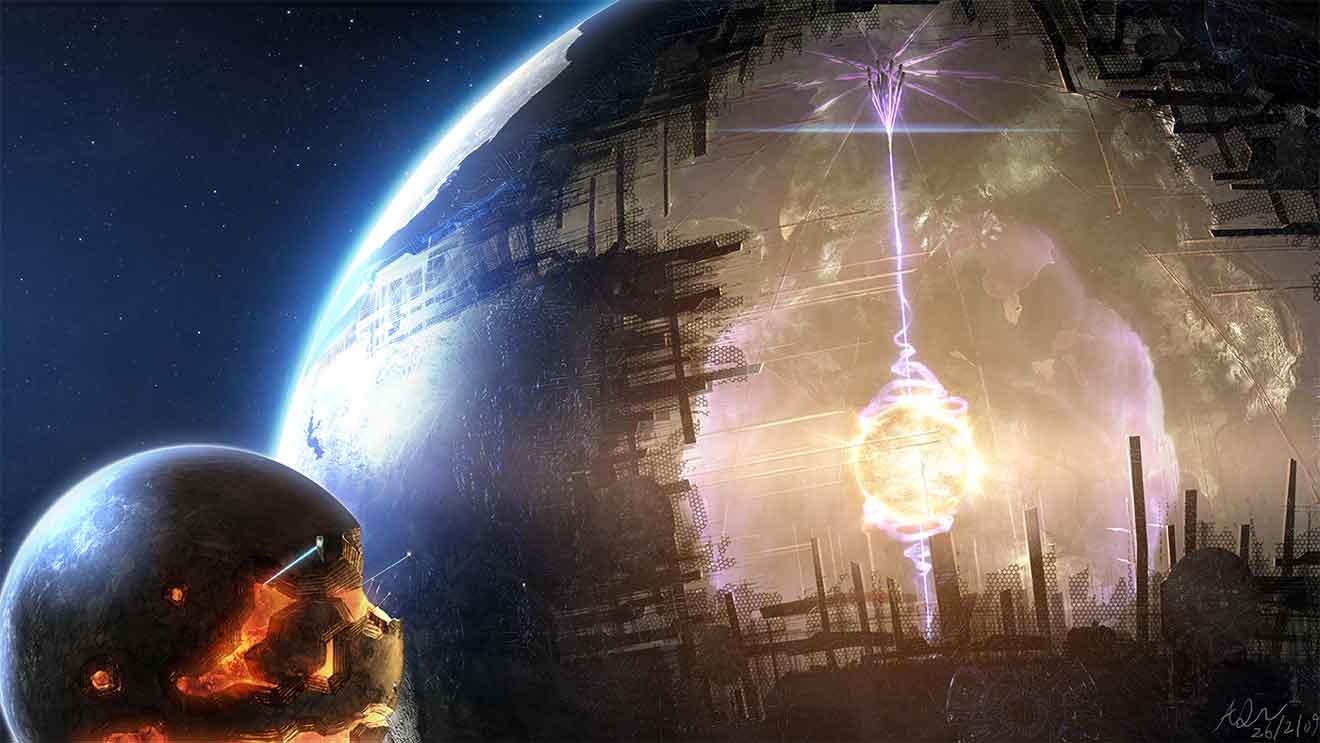
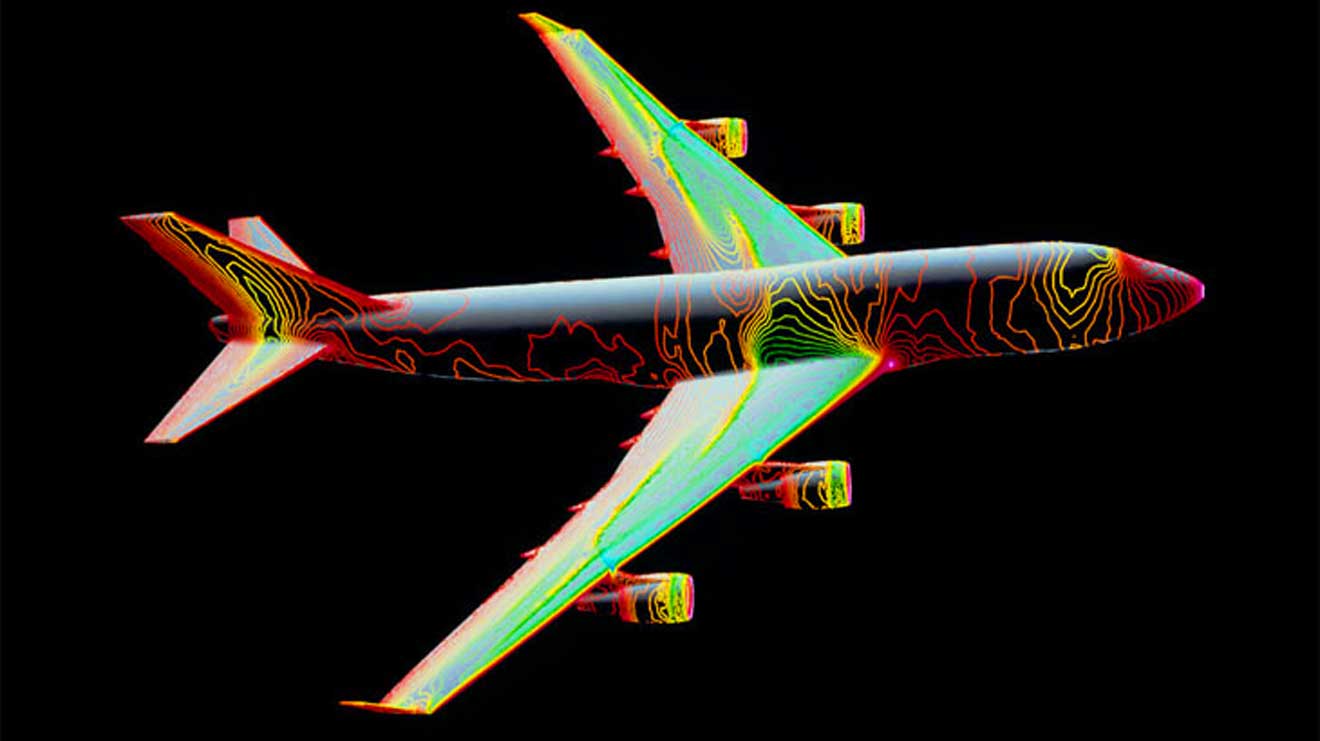

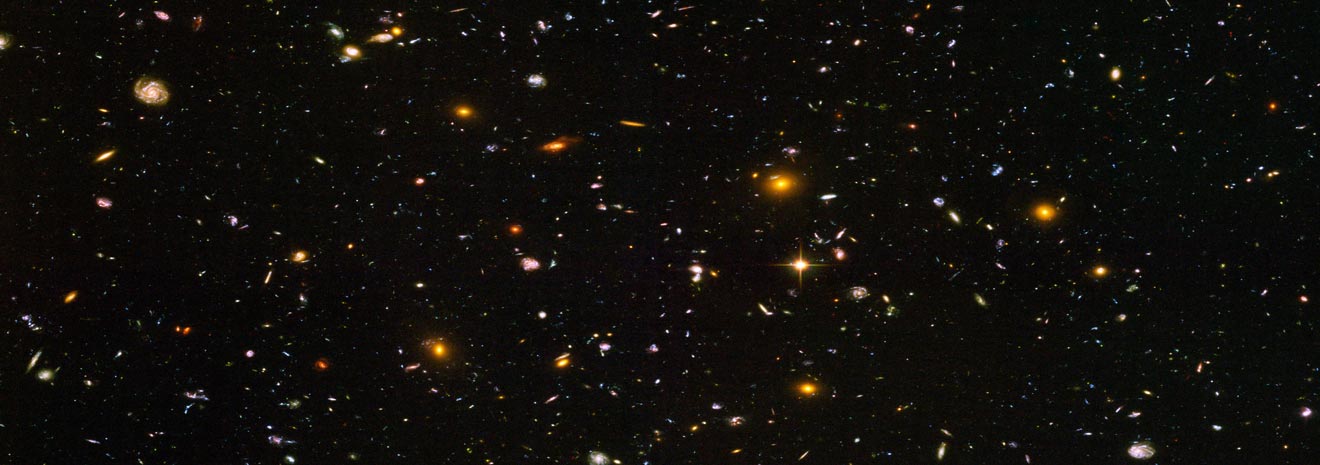
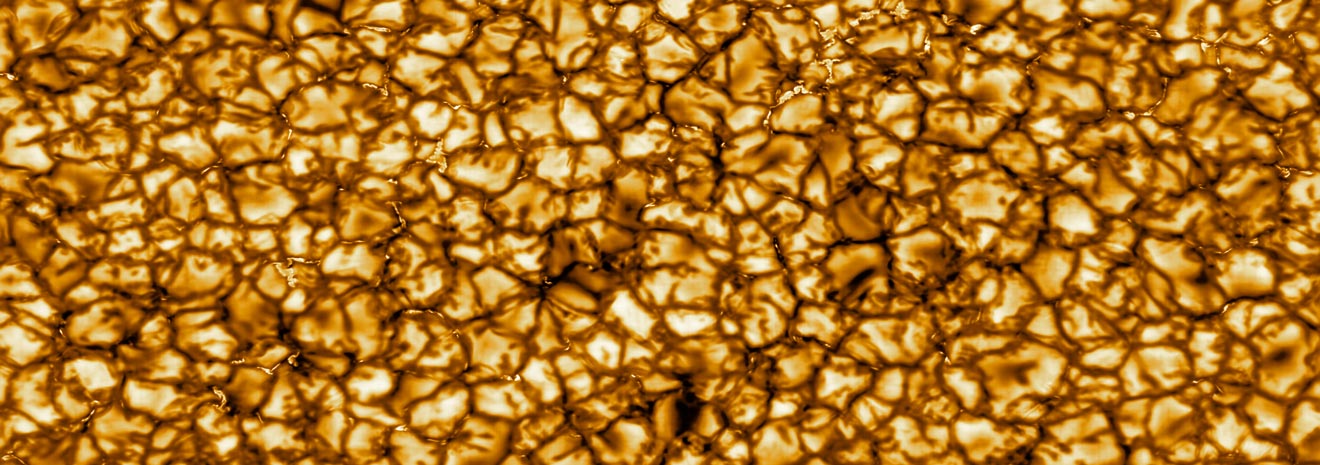
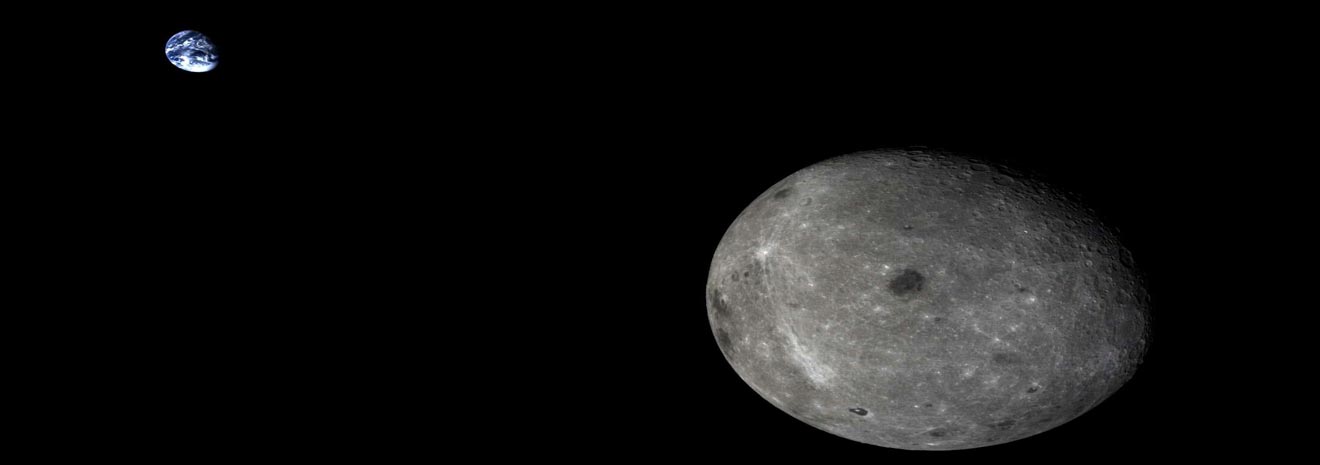
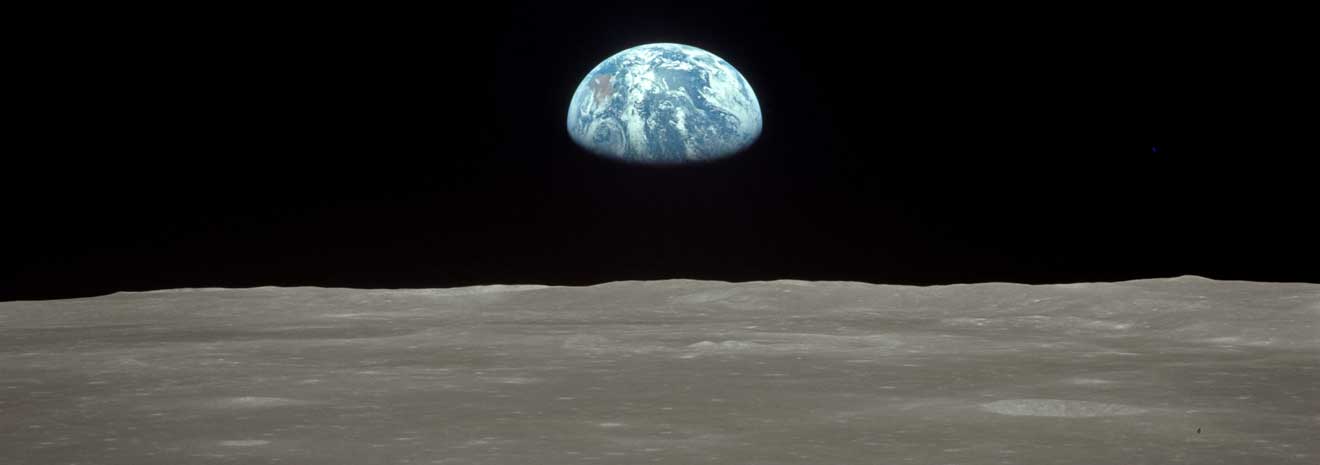



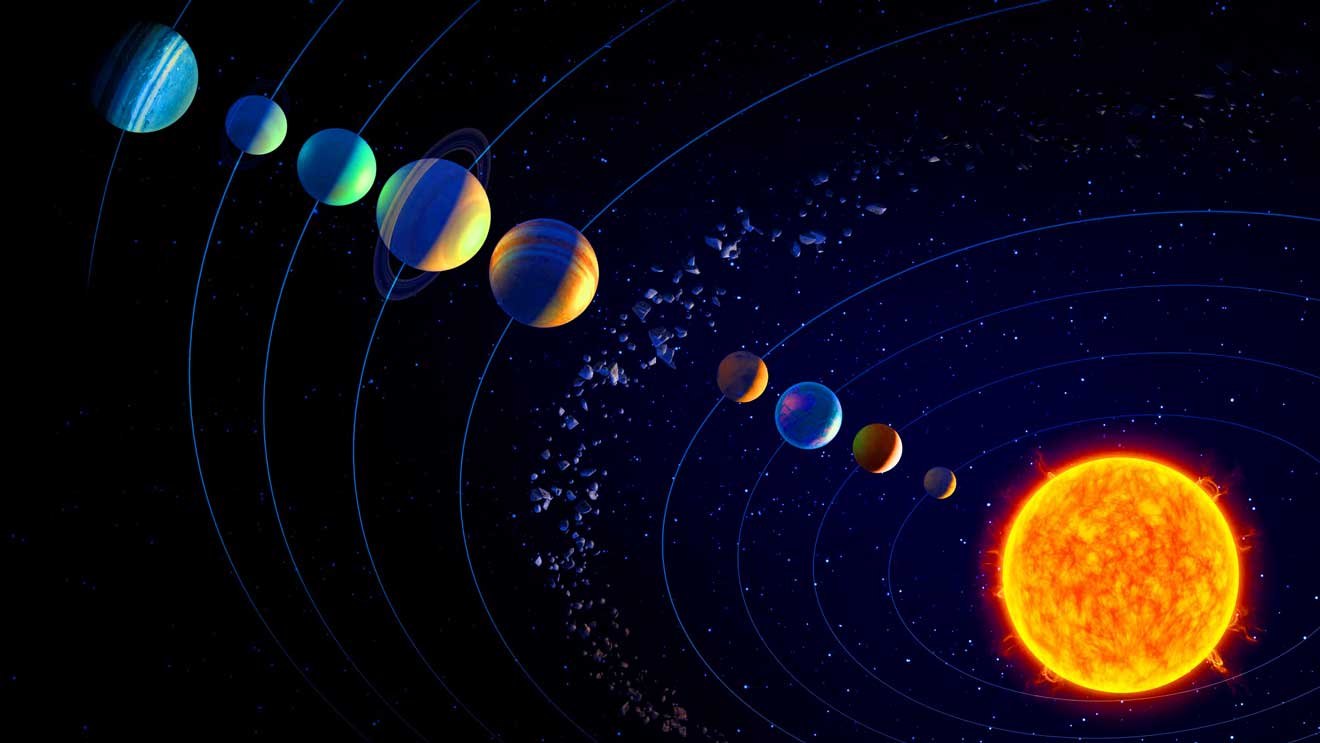
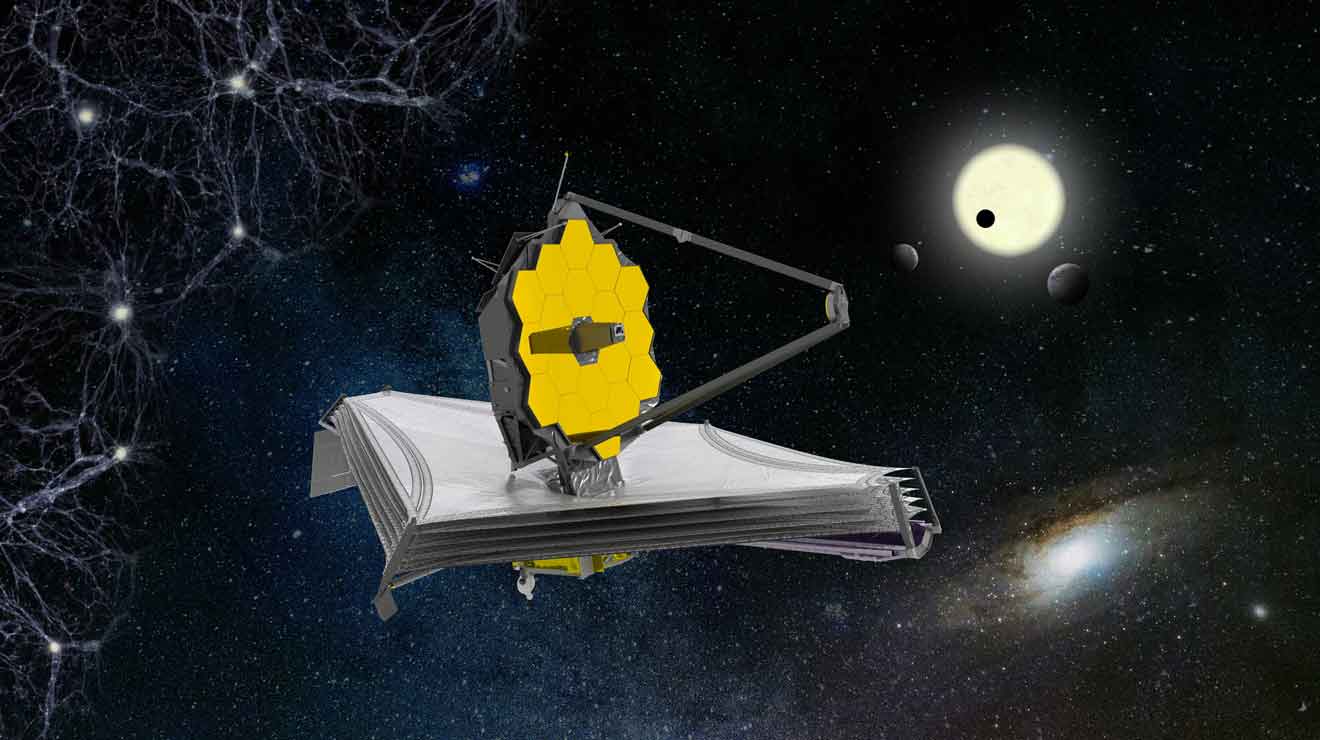






Add Comment